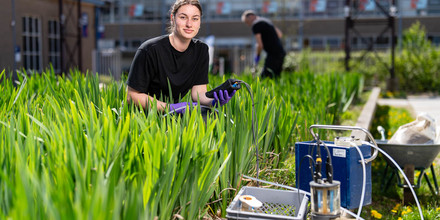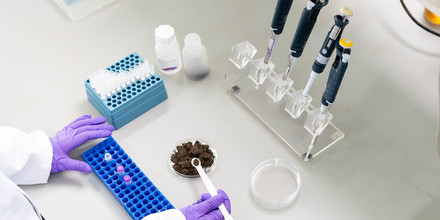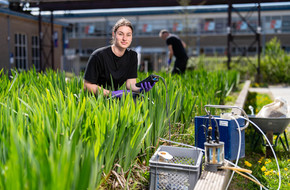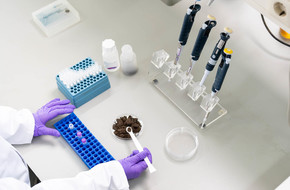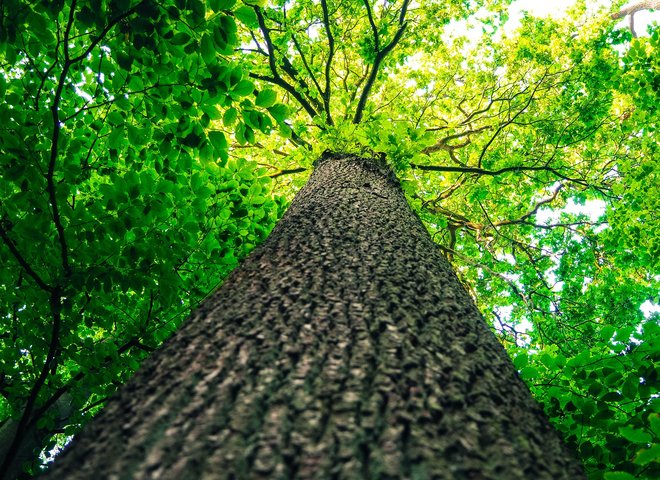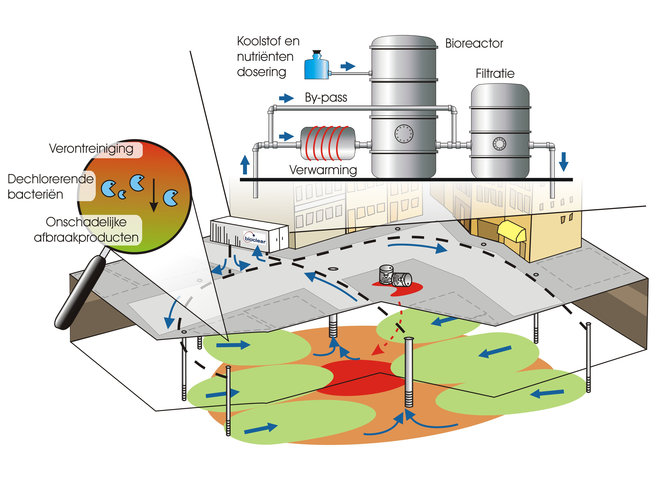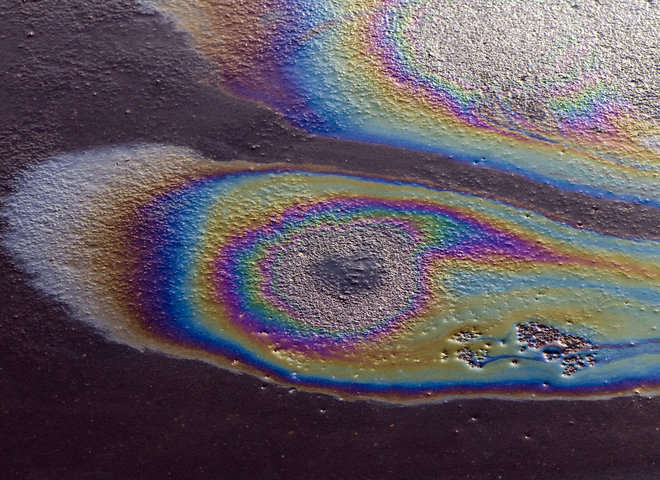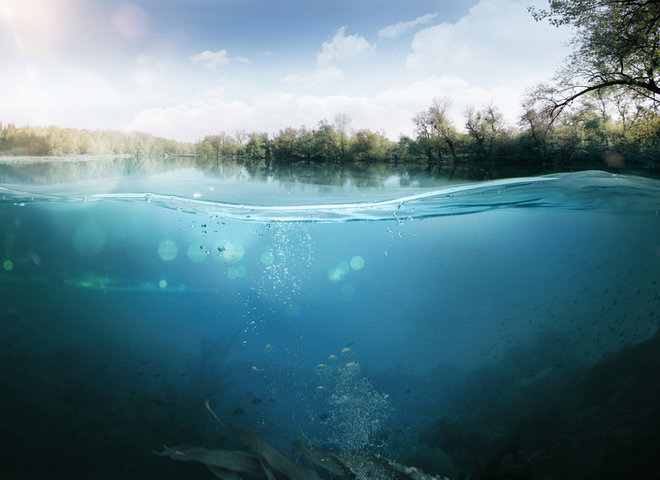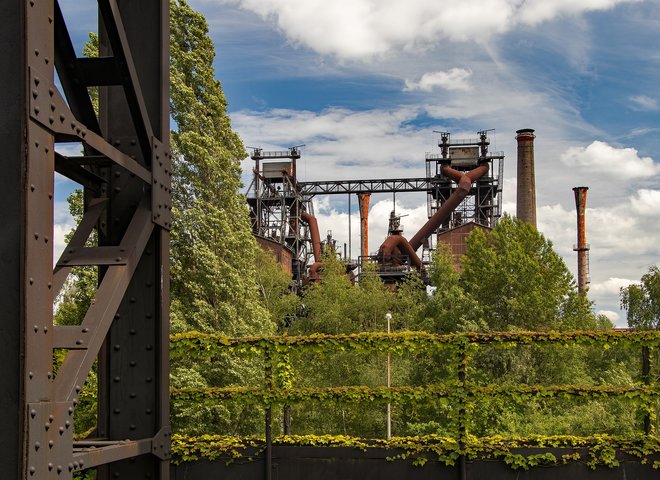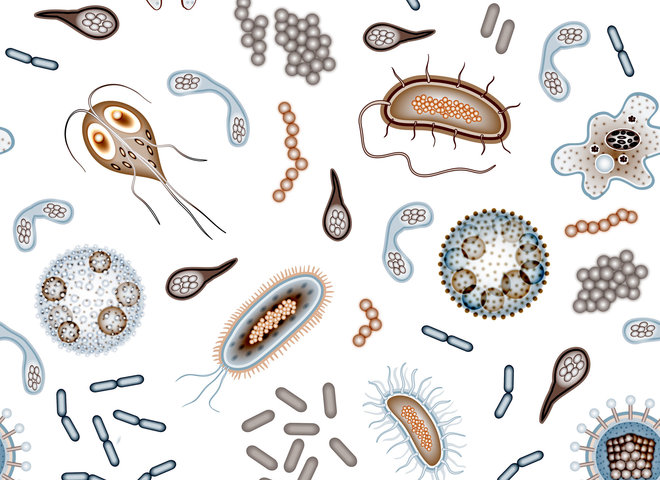NAWaBo: Natural Degradation of Groundwater Contaminants in Sediments

What is the best approach to deal with contamination at the interface between soil and water?
Whether a soil contamination needs to be cleaned up depends on the risks it poses to the environment. A specific example of this is the situation where pollution in the groundwater discharges into the surface water. The question is whether this poses a risk for the quality of the surface water? Bioclear earth helps clients not only with the technical substantiation (what exactly happens to the contamination and how to control the situation), but also with the policy/legal consideration of this situation.
Nature is smarter than you think
A really good thing is, that when a pollutant rises to the surface water it must first pass through the sediment. This usually consists of a sludge layer, a natural reactor vessel containing a collection of natural processes that do not always occur in the soil or surface water itself. These (biological filtering) processes ensure that seepage of groundwater contamination does not always have to cause problems in the surface water. In fact, when the natural processes in a sludge layer work well and break down the pollution, it is better not to disturb this biological system with active measures. If we take too much action, we will in fact be hindering nature’s hard work.
Bioclear earth has a lot of experience in researching and validating natural degradation and sequestration processes in sediments. The validation and application of these processes as (part of the) solution for soil pollution we call NAWaBo: Natural degradation in sediments (Dutch: Natuurlijke Afbraak in WaterBodems). For each location and type of contamination, we design a customized research approach. The research consists of taking samples of groundwater, surface water and the sludge layer, performing various chemical and microbiological analyses on the samples and performing calculations. We show whether the right micro-organisms are present in the sludge to break down the targeted contamination and demonstrate whether degradation actually occurs.


